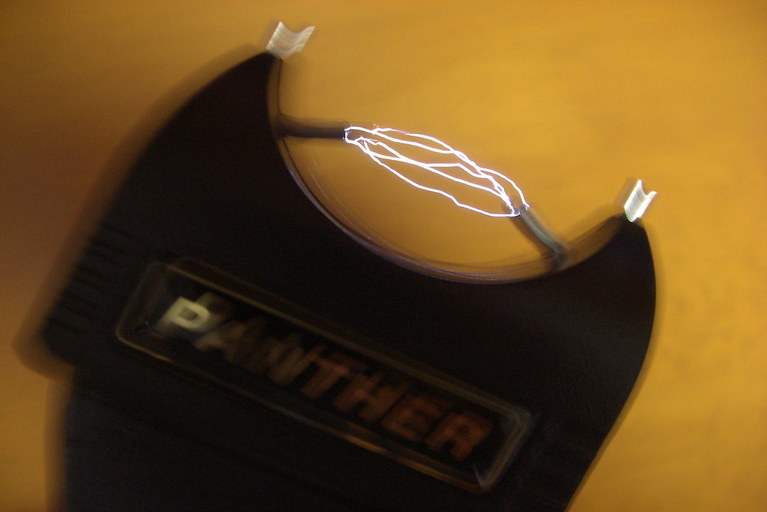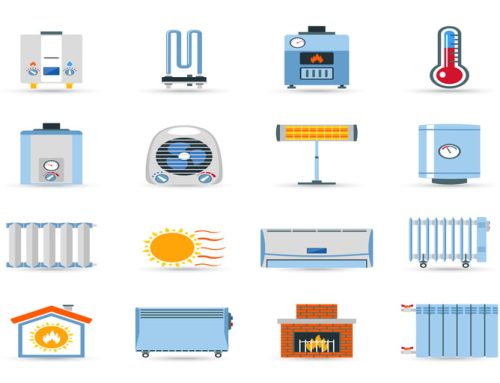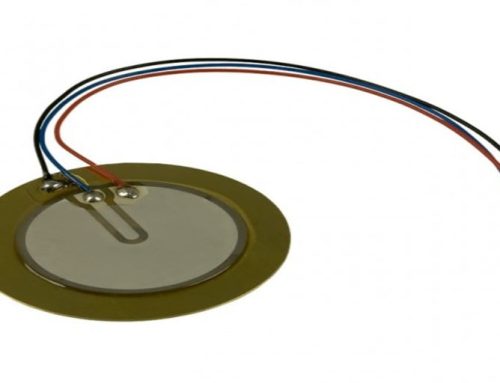
We all are concerned about safety. And for self-defense, many people are using “Stun Gun”. Everybody has a specific emotion when they see a stun gun and that emotion is usually fear and it is because of the electricity of this gadget. This is completely understood because electricity can kill you. But the electricity of the stun gun cannot kill you. It can hurt you badly, but it is not lethal. The reason behind that is the low ampere (current) value of the electricity whereas its voltage is very high. If you are planning to buy a stun gun but have fear about this gadget then you are in right place. To move out from your fear zone you must need to know the working process of this gadget. So, without any further delay let get started.
What is a Stun Gun?
A stun gun is a self-defense gadget that can be used to prevent another person who is attacking you. The stun gun uses high voltage electricity to quickly immobilize the attacking person. It is primarily designed to transfer this energy (high voltage electricity) into the muscles of the attacker at a high-frequency rate and it causes the muscles to work at a very rapid pace, but not in an efficient manner. This makes it very difficult for the attacker to function at all in regard to attacking.
In simple terms, a contact of 1 second will repel and frighten the intruder. Even if the attacker were to touch the person giving the stun, there will be no effect on the person holding the stun gun.
Engineering Inside:
The stun gun is a portable device and it contains few important units, these are given below:
- Power circuit
- Battery
- Charger
Power Circuit:
It is an electronic circuit board that contains several electronic components. Their design and size may vary based on their input and output voltage range. But all kinds of power circuits are using a similar principle to boost the input DC voltage to high output AC voltage with low ampere value. Every power circuit uses positive feedback for oscillation. The circuit contains a Fly Back Transformer which can be operated a 3 to 12-volt dc voltage and it uses single or multiple transistors to generate oscillation to get high voltage AC output.

Circuit board of ordinary stun gun
Battery:
It is a rechargeable type battery that provides power to the circuit to generate a high output voltage. For better performance, it should have a high ampere-hour value. Nowadays Li-ion batteries are being used in most portable devices. Stun guns also using this.
Charger:
The charger unit is the external part of the stun gun. It is not integrated within this gadget. Its size is similar to a mobile phone charger and it uses a similar circuit as the phone charger has. You just need to plug the charger unit into your stun gun for charging.
The charger circuit has a high-frequency transformer that is mainly responsible to generate an efficient output current to charge the stun gun battery.
Working of a Stun Gun:
When you turn ON the stun gun the battery got connected with the power circuit unit. After that power circuit gets charged to generate the high voltage and low ampere value AC supply. The generated output should be applied between two metallic terminals and these terminals will be used to stop an attack on you.
A stun gun is a legal EID (Electronic Immobilization Device) that emits high voltage shock. Stun guns are designed to key into the nervous system, interrupting tiny neurological impulses that travel through the whole body as well as rapidly burning the blood sugar into lactic acid. The attacker’s neuromuscular system is overwhelmed and controlled by the stun gun. That’s how a stun gun can protect you.
Application:
Probably being used most of the peoples for self-defense purposes. One main advantage of this is portability and rechargeability. Some of the countries are legalized this gadget for protection whereas some of them are still not doing the same.
Thanks for reading. See you soon with another exploration!





